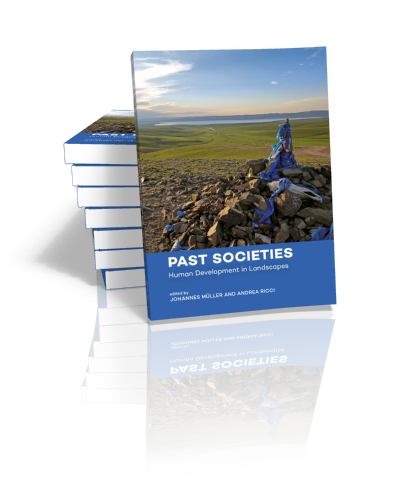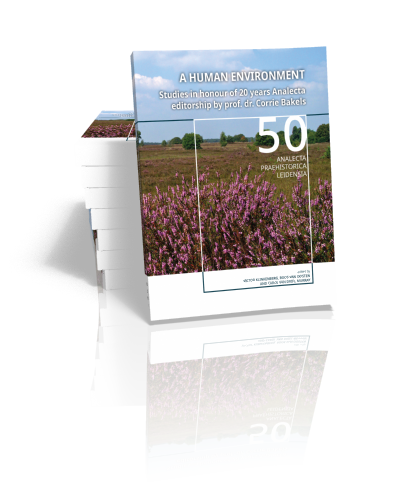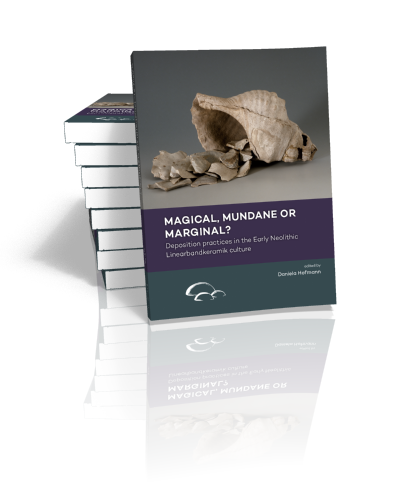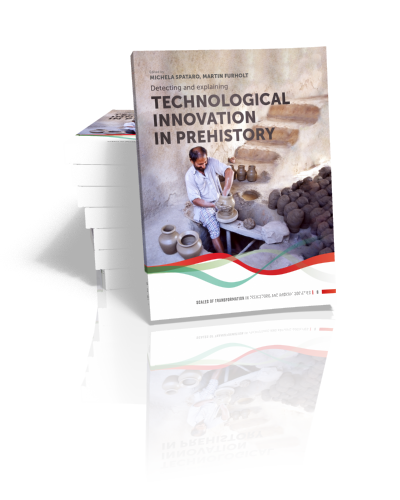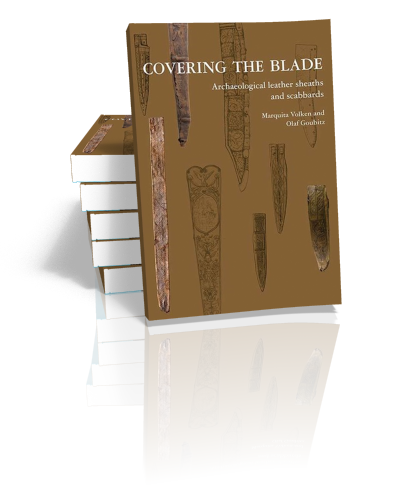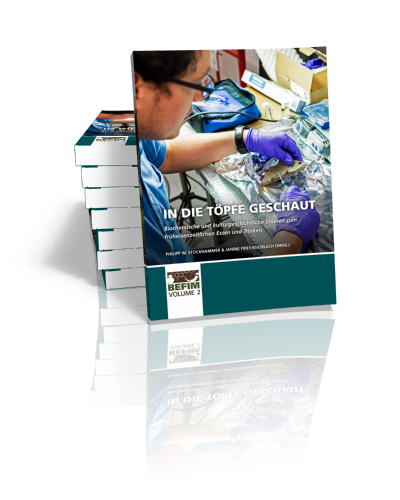Past Societies
Human Development in Landscapes
Edited by Johannes Müller and Andrea Ricci | 2020
The Kiel Graduate School ‘Human Development in Landscapes’ has conducted research on socio-environmental issues of past societies during the last years. From the North Atlantic to the Persian Gulf and from Peru to the Near…
Maidanets'ke
Development and decline of a Trypillia mega-site in Central Ukraine
René Ohlrau | 2020
At the end of the 5th millennium BCE, some of the vastest settlements of the time emerged on the forest steppe north of the Black Sea. The largest of these sites were found between the…
A Human Environment
Studies in honour of 20 years Analecta editorship by prof. dr. Corrie Bakels
Edited by Victor Klinkenberg, Roos van Oosten & Carol van Driel-Murray | 2020
This volume is themed around the interdependent relationship between humans and the environment, an important topic in the work of Corrie Bakels. How do environmental constraints and opportunities influence human behaviour and what is the…
Magical, mundane or marginal?
Deposition practices in the Early Neolithic Linearbandkeramik culture
Edited by Daniela Hofmann | 2020
This volume takes its starting point from the increasingly frequent discovery of deliberately placed deposits on Early Neolithic Linearbandkeramik sites. This includes the placement of complete and still usable tools in the ground, as well…
Detecting and explaining technological innovation in prehistory
Edited by Michela Spataro & Martin Furholt | 2020
Technology refers to any set of standardised procedures for transforming raw materials into finished products. Innovation consists of any change in technology which has tangible and lasting effect on human practices, whether or not it…
Covering the Blade
Archaeological Leather Sheaths and Scabbards
Marquita Volken and Olaf Goubitz | 2020
Since 1968 several thousand leather artefacts have been recovered in the city of Dordrecht, ranging in date from the 12th century through to the 17th century. At that time, Olaf Goubitz was employed at the…
In die Töpfe geschaut
Biochemische und kulturgeschichtliche Studien zum früheisenzeitlichen Essen und Trinken
Edited by Philipp W. Stockhammer & Janine Fries-Knoblach | 2019
Band 2 der BEFIM-Reihe enthält sechs Beiträge des BEFIM-Teams und enger Kooperationspartner. Die Zwischenberichte aus Band 1 werden darin vertieft, abgeschlossen und in Gesamtinterpretationen eingebettet. Ein einleitender Artikel befasst sich einführungs- und überblicksartig mit der…
Search results for cat-prehistory
:
Past Societies
Human Development in Landscapes
Edited by Johannes Müller and Andrea Ricci | 2020
The Kiel Graduate School ‘Human Development in Landscapes’ has conducted research on socio-environmental issues of past societies during the last years. From the North Atlantic to the Persian Gulf and from Peru to the Near…
Maidanets'ke
Development and decline of a Trypillia mega-site in Central Ukraine
René Ohlrau | 2020
At the end of the 5th millennium BCE, some of the vastest settlements of the time emerged on the forest steppe north of the Black Sea. The largest of these sites were found between the…
A Human Environment
Studies in honour of 20 years Analecta editorship by prof. dr. Corrie Bakels
Edited by Victor Klinkenberg, Roos van Oosten & Carol van Driel-Murray | 2020
This volume is themed around the interdependent relationship between humans and the environment, an important topic in the work of Corrie Bakels. How do environmental constraints and opportunities influence human behaviour and what is the…
Magical, mundane or marginal?
Deposition practices in the Early Neolithic Linearbandkeramik culture
Edited by Daniela Hofmann | 2020
This volume takes its starting point from the increasingly frequent discovery of deliberately placed deposits on Early Neolithic Linearbandkeramik sites. This includes the placement of complete and still usable tools in the ground, as well…
Detecting and explaining technological innovation in prehistory
Edited by Michela Spataro & Martin Furholt | 2020
Technology refers to any set of standardised procedures for transforming raw materials into finished products. Innovation consists of any change in technology which has tangible and lasting effect on human practices, whether or not it…
Covering the Blade
Archaeological Leather Sheaths and Scabbards
Marquita Volken and Olaf Goubitz | 2020
Since 1968 several thousand leather artefacts have been recovered in the city of Dordrecht, ranging in date from the 12th century through to the 17th century. At that time, Olaf Goubitz was employed at the…
In die Töpfe geschaut
Biochemische und kulturgeschichtliche Studien zum früheisenzeitlichen Essen und Trinken
Edited by Philipp W. Stockhammer & Janine Fries-Knoblach | 2019
Band 2 der BEFIM-Reihe enthält sechs Beiträge des BEFIM-Teams und enger Kooperationspartner. Die Zwischenberichte aus Band 1 werden darin vertieft, abgeschlossen und in Gesamtinterpretationen eingebettet. Ein einleitender Artikel befasst sich einführungs- und überblicksartig mit der…
Browse by subject



